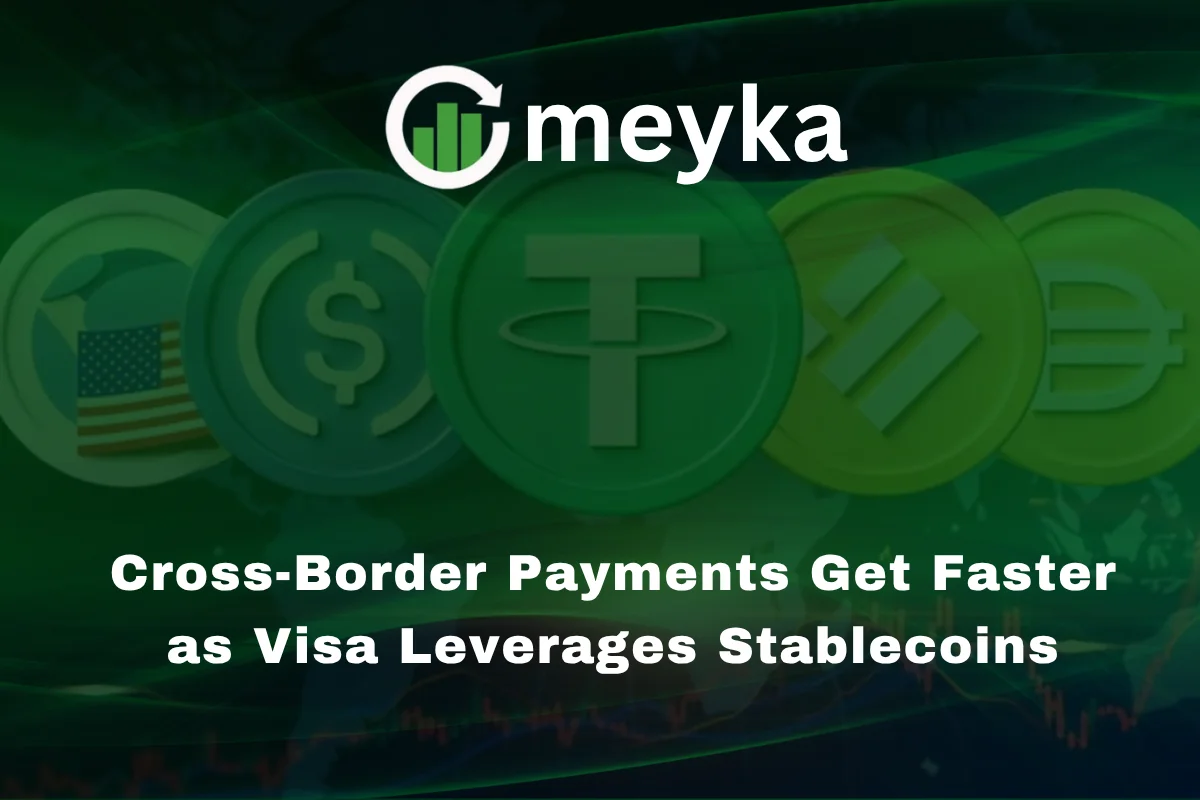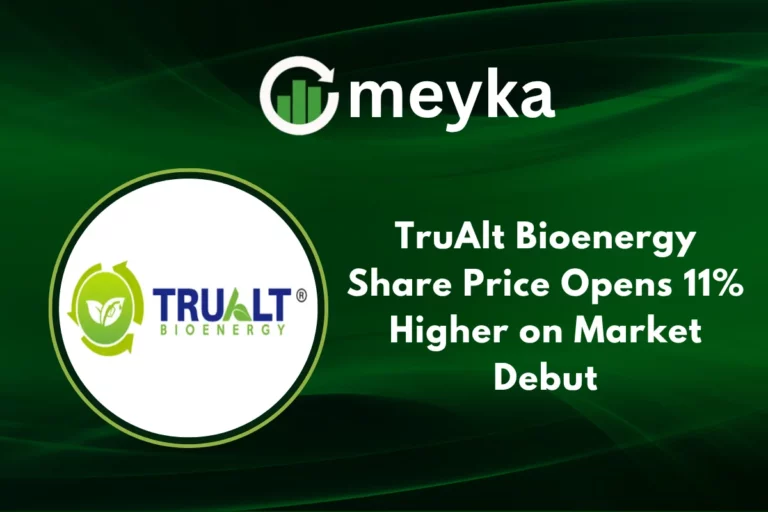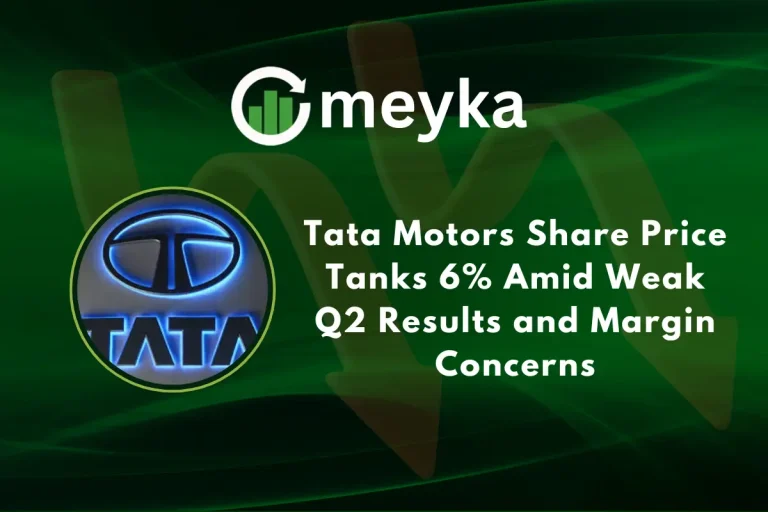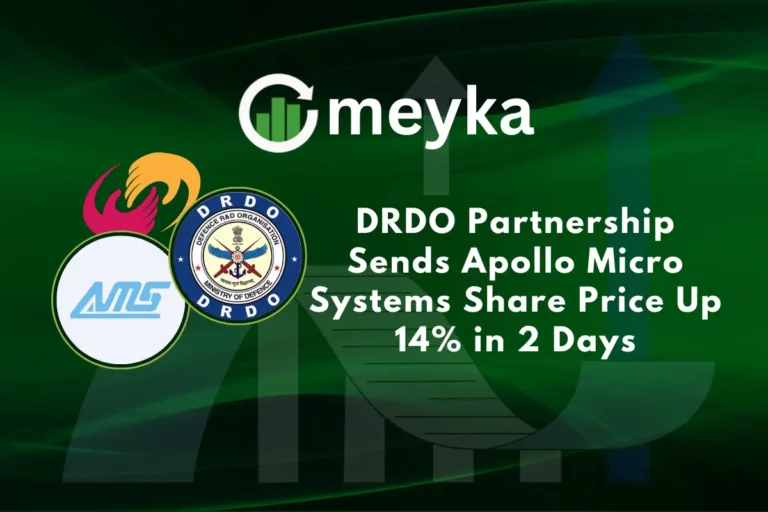Cross-Border Payments Get Faster as Visa Leverages Stablecoins
The world of payments is changing quickly. As businesses grow across borders, cross-border payments remain a challenge. High fees, slow transfers, and outdated systems create barriers for companies and individuals. But now, with stablecoins and blockchain technology, a new era of speed and efficiency is emerging. Recently, Visa has made a major move by adopting stablecoins to make cross-border payments faster and more reliable.
Understanding Stablecoins in Global Finance
Stablecoins are digital currencies designed to maintain a stable value by being tied to a reserve asset, such as the U.S. dollar. Unlike volatile cryptocurrencies like Bitcoin or Ethereum, stablecoins minimize price fluctuations. This makes them ideal for payments, remittances, and trade settlements.
Visa’s integration of stablecoins into its payment infrastructure is a powerful step toward modernizing global finance. Instead of relying only on traditional bank intermediaries, Visa now uses blockchain rails to process transactions more quickly, reducing settlement times from days to minutes.
According to International Monetary Fund (IMF), stablecoins could reshape the financial system by increasing efficiency and reducing costs in international transfers.
Why Visa’s Move Matters for Cross-Border Payments
Traditional cross-border payments often involve multiple banks, clearinghouses, and currency exchanges. This process leads to delays, higher fees, and risks of errors. By adopting stablecoins, Visa is addressing these pain points directly.
- Speed: Transfers that once took days now happen in minutes.
- Cost: Transaction fees are significantly reduced compared to traditional SWIFT systems.
- Transparency: Blockchain technology ensures clear records and lower fraud risks.
For multinational corporations and small businesses alike, these improvements could lead to stronger global trade and smoother financial flows.
Visa and USDC Partnership
One of the biggest developments is Visa’s partnership with Circle, the issuer of the USD Coin (USDC). USDC is a stablecoin pegged to the U.S. dollar and backed by reserves. Visa is using USDC to settle payments across its vast global network.
By leveraging USDC on the Ethereum blockchain and other blockchain platforms, Visa ensures reliable, scalable, and secure transactions. This partnership also creates a bridge between traditional finance and the growing world of digital assets.
For businesses that want faster settlements without the volatility of crypto, USDC and Visa’s infrastructure present a powerful solution.
Impact on Stock Market and AI Stocks
Visa’s adoption of stablecoins is not just a financial technology story, it is also a stock market story. Investors are closely watching how blockchain innovations affect large payment companies. Visa’s ability to embrace digital currencies shows long-term growth potential.
In addition, fintech innovations powered by artificial intelligence (AI) are helping to analyze blockchain data, detect fraud, and optimize cross-border transactions. Companies developing AI solutions for payments and blockchain security are emerging as potential AI stocks worth tracking.
Stock research suggests that companies integrating blockchain and AI are positioned to benefit as financial institutions shift to faster, more transparent systems. Visa, Mastercard, and PayPal are leading examples of how traditional finance adapts to this digital future.
Benefits for Businesses and Consumers
The practical impact of Visa’s stablecoin adoption is significant. Businesses and individuals can expect:
- Lower remittance costs for workers sending money home.
- Faster supplier payments in international trade.
- Reduced currency risks for cross-border e-commerce.
- Inclusion of unbanked populations through blockchain-powered systems.
These changes make financial transactions more accessible, especially for small businesses in emerging markets.
Challenges and Risks Ahead
While Visa’s move is groundbreaking, challenges remain. Governments and regulators are still debating how to regulate stablecoins. Concerns include:
- Regulatory uncertainty around stablecoin issuers.
- Security risks if platforms are not properly protected.
- Market trust in the long-term stability of stablecoin reserves.
The U.S. Treasury and other regulators are working on frameworks to ensure stablecoins remain safe for global adoption. Visa’s reputation and regulatory compliance give it an advantage, but the landscape continues to evolve.
The Future of Cross-Border Payments with Stablecoins
The integration of stablecoins into payment networks is just the beginning. As more companies adopt blockchain-powered transactions, the financial system will become faster, cheaper, and more inclusive.
Visa’s move also pressures competitors to innovate. Mastercard, PayPal, and even central banks are exploring digital currencies and blockchain-based systems. The rise of Central Bank Digital Currencies (CBDCs) may soon work alongside stablecoins, creating a hybrid digital financial ecosystem.
For businesses, investors, and consumers, this transition could redefine how money moves across borders.
Conclusion
Visa’s adoption of stablecoins marks a turning point in global payments. By using USDC and blockchain technology, Visa is reducing costs, speeding up settlements, and enhancing transparency in cross-border transactions. This innovation benefits businesses, consumers, and investors while signaling a new digital era for finance.
The stock market is paying close attention, and AI-driven financial technologies are expected to play a major role in supporting this evolution. As regulations catch up, stablecoins could become as common as credit cards in the years ahead.
FAQs
Stablecoins are digital currencies tied to stable assets like the U.S. dollar. They are important because they reduce volatility and enable faster, cheaper payments compared to traditional banking systems.
Visa is partnering with Circle to use USDC, a dollar-pegged stablecoin, for settling international transactions on blockchain networks, making payments quicker and more cost-efficient.
Visa’s use of stablecoins signals innovation in the financial sector. Investors may see new opportunities in fintech, blockchain, and AI stocks that support payment technologies.
Disclaimer:
This content is made for learning only. It is not meant to give financial advice. Always check the facts yourself. Financial decisions need detailed research.






